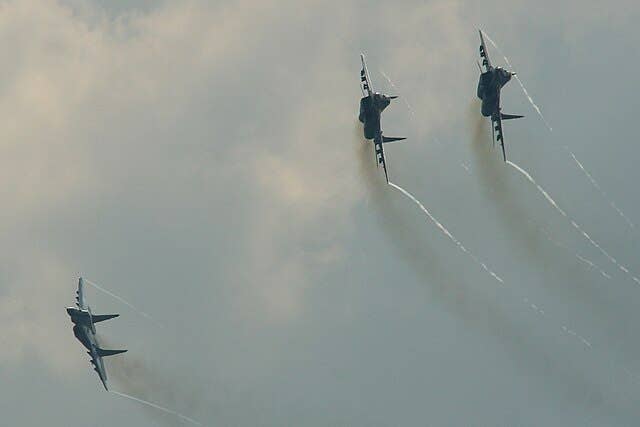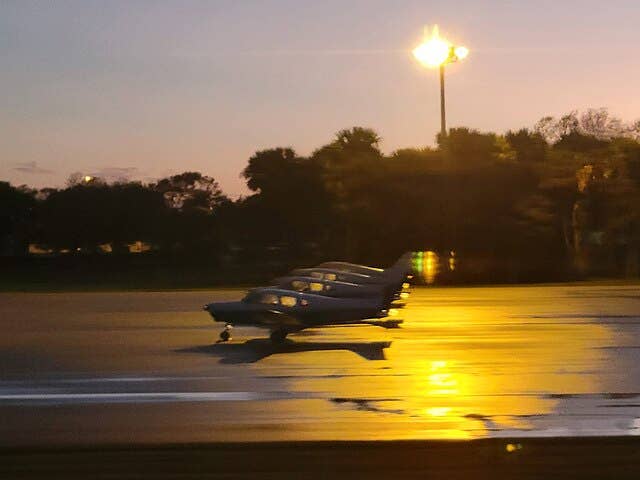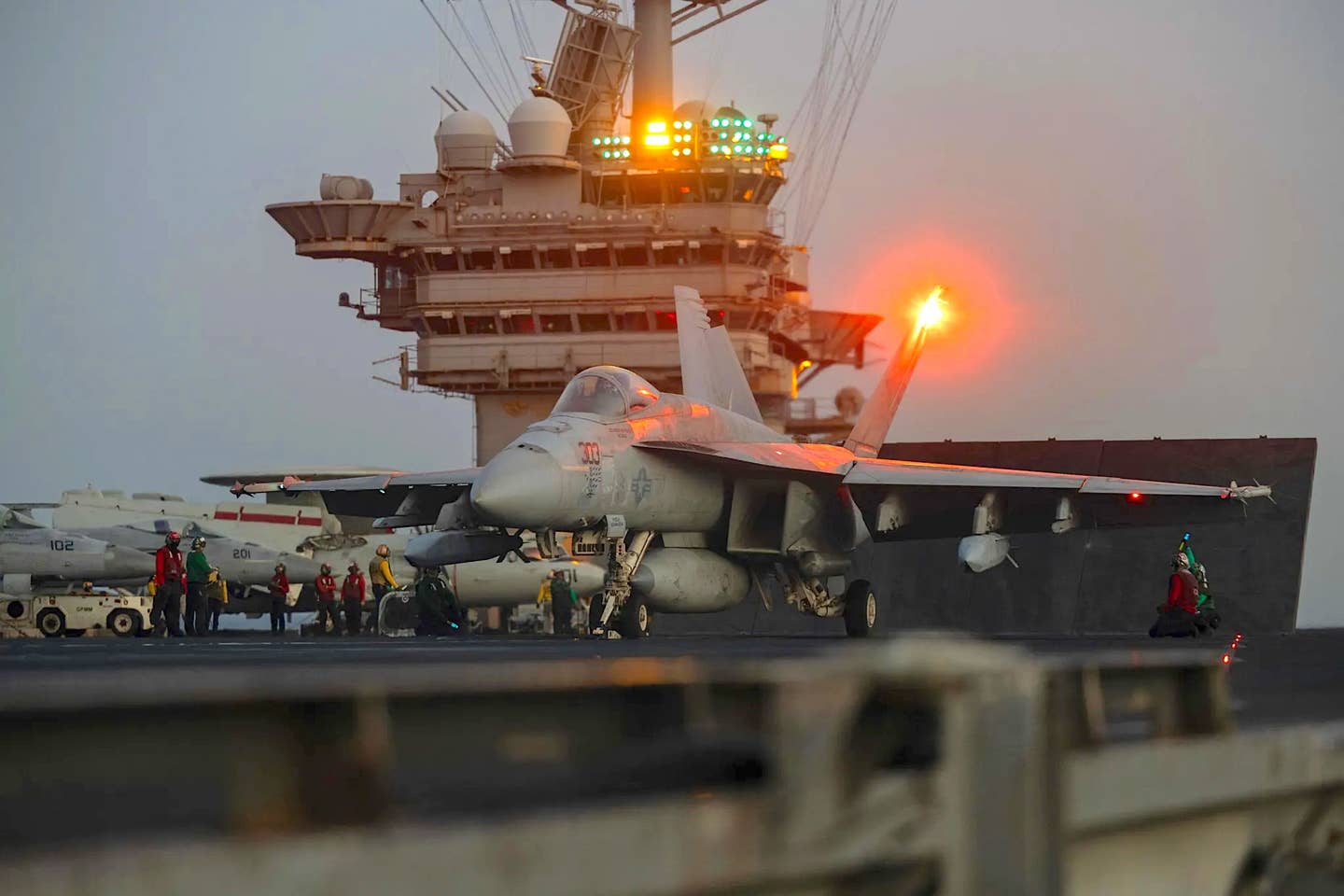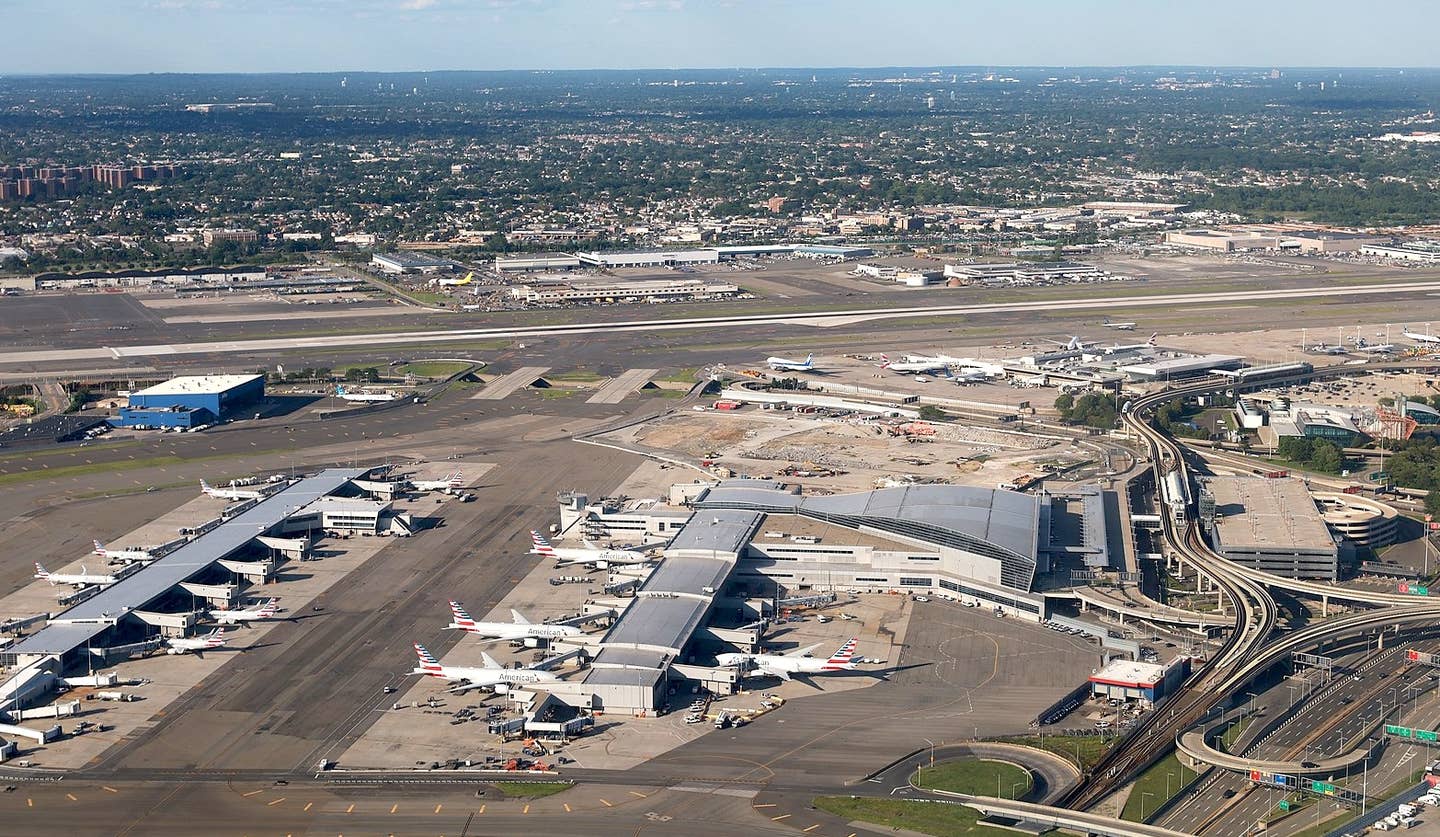Boeing Suspends 737 MAX Production
Boeing will “temporarily suspend production” of the 737 MAX in January as recertification issues drag on. Around 400 of the airliners have been built but not delivered since the grounding…
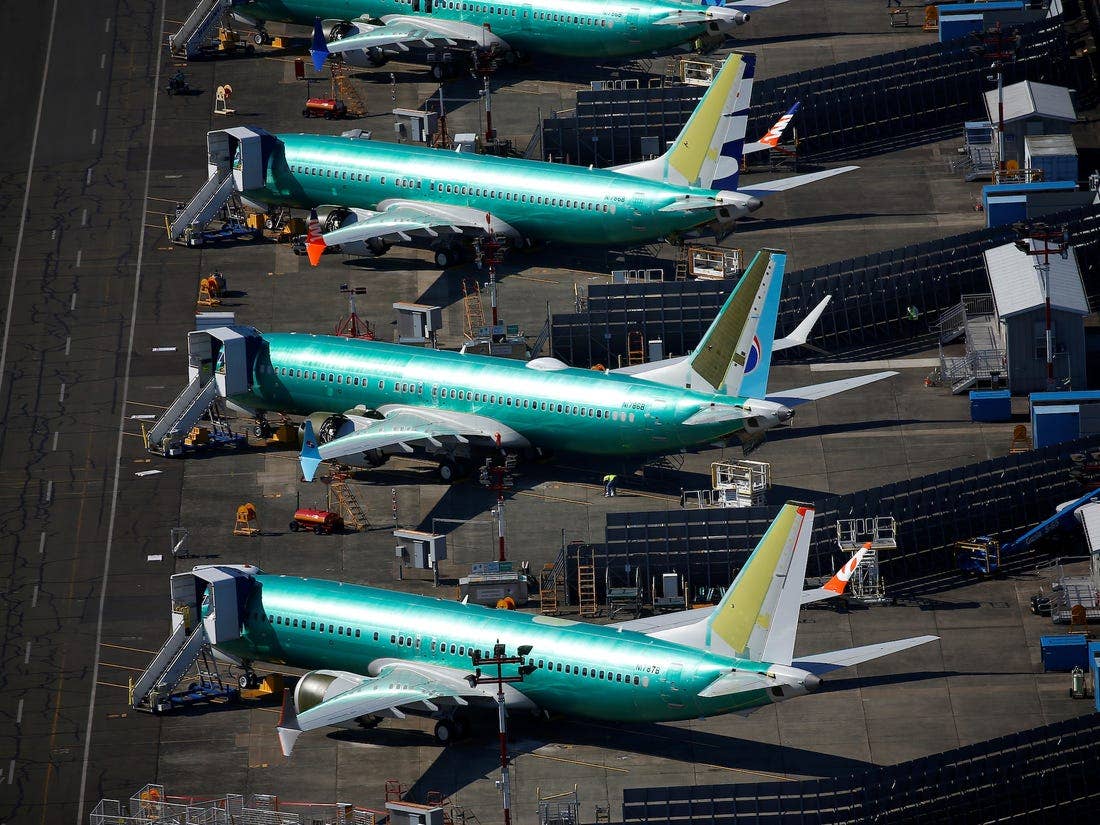
Boeing will “temporarily suspend production” of the 737 MAX in January as recertification issues drag on. Around 400 of the airliners have been built but not delivered since the grounding in March. The company trimmed production by 10 units a month (to a still heady 42) early in the crisis that has severely stressed Boeing’s reputation and impacted its market value.
In a statement, Boeing said, "Safely returning the 737 MAX to service is our top priority. We know that the process of approving the 737 MAX's return to service, and of determining appropriate training requirements, must be extraordinarily thorough and robust, to ensure that our regulators, customers, and the flying public have confidence in the 737 MAX updates.”
Expectations on when the MAX would be deemed airworthy and returned to service have slipped consistently as the drama has played out inside Boeing, within the FAA and in front of congressional committees. Current estimates are for the jetliner to be cleared in early 2020, but the stored aircraft will require considerable tending to before they can carry revenue passengers. Most airlines have removed the MAX from their schedules until March or April of 2020, though any further delays could easily push that shortage into the peak travel season.
“As we have previously said, the FAA and global regulatory authorities determine the timeline for certification and return to service. We remain fully committed to supporting this process. It is our duty to ensure that every requirement is fulfilled, and every question from our regulators answered,” Boeing said in a statement. “We believe [temporarily stopping production] is least disruptive to maintaining long-term production system and supply chain health. This decision is driven by a number of factors, including the extension of certification into 2020, the uncertainty about the timing and conditions of return to service and global training approvals, and the importance of ensuring that we can prioritize the delivery of stored aircraft.” Industry watchers are predicting numerous business impacts throughout the supply industry, and the financial markets have responded as well: Boeing’s stock value fell more than 4 percent today compared to its closing value on Friday.
“During this time, it is our plan that affected employees will continue 737-related work, or be temporarily assigned to other teams in Puget Sound. As we have throughout the 737 MAX grounding, we will keep our customers, employees, and supply chain top of mind as we continue to assess appropriate actions. This will include efforts to sustain the gains in production system and supply chain quality and health made over the last many months. We will provide financial information regarding the production suspension in connection with our 4Q19 earnings release in late January,” the company said.

